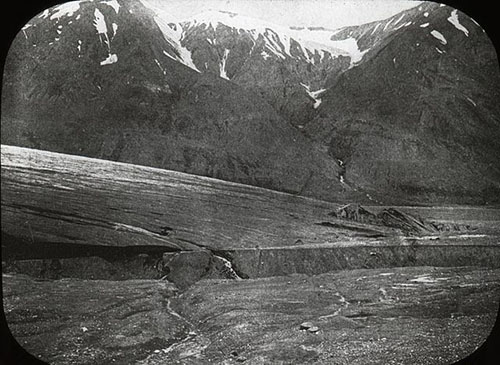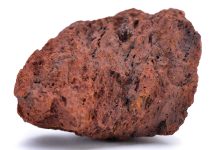
Editor’s Note: Enjoy this compilation of rock, gem, mineral-related news of the day.
By Jim Brace-Thompson
Building Better Bridges in Earthquake Country
A new $1.5 billion bridge stretching 8,800 feet is under construction over the Port of Long Beach, California and, said one Associated Press news report, “it’s a concrete-and-steel science experiment for engineers and seismologists.” Embedded within the bridge will be 75 seismic monitors to help scientists track activity on two nearby faults (Newport-Inglewood and Palos Verdes) as well as the San Andreas 50 miles away.
Attaching sensors to infrastructure is nothing new in earthquake prone California, where it’s been done since the 1970s. So what makes this time newsworthy? This is the first California bridge to incorporate sensors into its design from its inception rather than after-the-fact. It’s also the first so-called “cable-stayed” vehicle bridge in California. This particular design is said to be able to withstand particularly powerful earthquakes and should last 100 years—unless the San Andreas says otherwise…
“Sticky Glaciers” and the Pace of Ice Ages

The August 24 issue of the journal Science augmented this with a new theory: “sticky glaciers” slowed the pace of our most recent ice ages that had been waxing and waning at intervals of 40,000 years during the early stages of the Pleistocene Epoch, which began 2.58 million years ago. Mysteriously, about 1 million years ago that tempo changed to every 100,000 years, and no one could explain why.
Get the scoop about the latest rock, gem, and mineral features and news, rock shop and rockhound profiles, and exclusive freebies and promotions in your inbox. >>>
It’s now hypothesized that continental glaciers stripped away soil layers during the first half of the Pleistocene so that by the second half, the bottoms of glaciers were scraping bedrock and became more-or-less stuck in place. This allowed them to grow ever thicker. This in turn triggered even more cooling that disrupted ocean currents, particularly the so-called “conveyor belt” that today ushers warming currents into the North Atlantic. The combination, it’s suggested, lengthened the cycles of profound glaciation between one million and 10,000 years ago.
With Planetary Exploration, the Smaller, the Better!
Back in the day, learning about our Earth involved boots-on-the-ground. But then came the

How small? As one example, “CubeSats” are cube-shaped modules measuring some 4 inches across. And ExoTerra Resource of Colorado has developed a “Hall thruster” as small as a hockey puck to help move tiny satellites along. Ever smaller satellites assembled from low-cost components not only cost less themselves, dozens can be released from a single rocket, making it less expensive to send them into space. It is now routine to use tiny satellites to study various aspect of our planet from near-Earth orbits, and the game is changing even further.
The August 24 issue of the journal Science reports that such small satellites are now being tested for interplanetary voyages with a mission currently underway called Mars Cube One (MarCO) with two tiny CubeSats built from 6 standard cubes. And by the end of 2019, NASA plans to aim 13 CubeSats at the moon. Stay tuned to see what these little guys reveal!
Author: Jim Brace-Thompson
 Founder and overseer of the AFMS Badge Program for kids.
Founder and overseer of the AFMS Badge Program for kids.
He’s also an inductee of the National Rockhound & Lapidary Hall of Fame within the Education Category.















